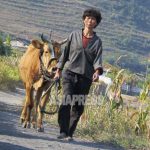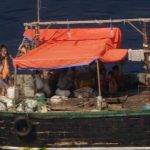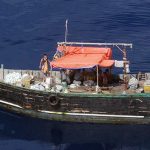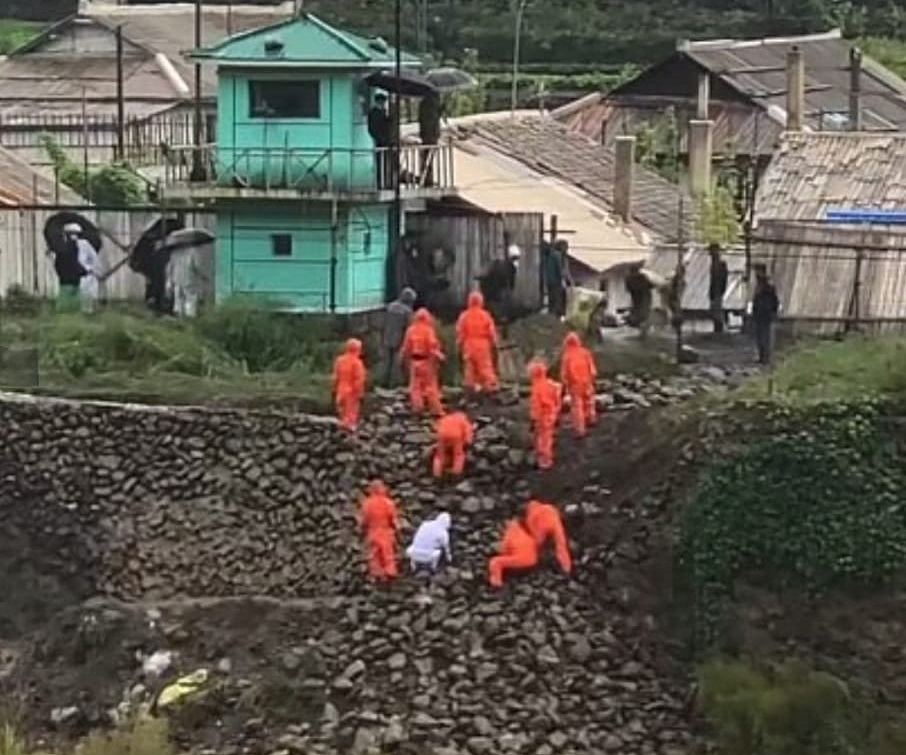
◆ N. Korea has no other way to confirm COVID-19 cases other than temperature checks
Following the recent and dramatic increase of COVID-19 cases in China, North Korea’s Yanggang Province – which borders China – has increased efforts to crackdown on illegal crossings and smuggling, according to a reporting partner in the province on December 23. (KANG Ji-won)
Situated on the upper course of the Yalu and Tumen rivers. Yanggang Province shares a border with China. As a result, the region has long been a hotbed for border crossings, defections, and smuggling activity. In response to the start of the COVID-19 pandemic in January 2020, the Kim Jong-un regime intensified security along its border with China. Specifically, the authorities began trying illegal border crossers and smugglers in military courts and announced that anyone approaching the border without permission would be fired upon by border guards.
Following North Korea’s May 2022 announcement of an outbreak of COVID-19, the country experienced a dramatic rise in COVID-19 cases. In August 2022, COVID-19 cases appeared to fall; however, the loosening of anti-disease restrictions led to an increased level of smuggling activity and defections caused largely by the country’s poor economy. A reporting partner in Hyesan, Yanggang Province’s administrative center, gave the following report about the current situation on the ground:
“They (the authorities) say there’s a tremendous number of COVID-19 patients emerging in China, and we’ve been told not to approach with 100 meters of the border. Movement is banned on the roads, so nobody can enter or leave villages near the Yalu River, except for the head of neighborhood watch units.
※ Neighborhood watch units (inminban) are the lowest administrative units in North Korea. They typically manage 20-30 households in a particular area. Inminban leaders relay orders from local district offices to residents and are also in charge of keeping a close eye on the (ideological) tendencies shown by ordinary people.
“As the weather has gotten colder here, more and more people are coming down with the common cold. This has led disease control authorities to focus on gauging whether people have come down with COVID-19 or not. There is no way to check for COVID-19 other than to take people’s temperature, which means the authorities really don’t know whether someone has the disease or not. Disease control officials just give fever reducers to those who suffer symptoms different from those of the common cold, or those suffering symptoms lasting longer than normal, and tell them not to leave their home.
“The authorities have begun cracking down more intensively on defections and smuggling activity. Workplace and organization leaders have been ordered to prevent such incidents by responding appropriately and are being told that turning a blind eye (to such activity) is even more of a crime.”
◆ The Chinese suspect the source of recent outbreak was North Korea
ASIAPRESS recently received this report from a Chinese reporting partner who lives in the Changbai Korean Autonomous County, in Jilin Province, which is across the river from Hyesan:
“COVID-19 cases have increased dramatically in Changbai, leaving hospitals and medical facilities in a state of panic. I’ve heard there are more than one million cases just in Changbai alone, and the (Chinese) government is quarantining severe cases in hospitals while less severe cases are going under self-quarantine at home.”
※ Starting from mid-December, the Chinese government stopped released statistics about COVID-19 cases.
According to the reporting partner, Changbai Korean Autonomous County has poor road infrastructure, which was one factor in preventing a large number of COVID-19 cases from emerging. Many people there now strongly suspect that the source of the recent, sudden outbreak is North Korea, he added.
Chinese authorities, meanwhile, have ordered people to avoid going near the Yalu River to prevent any contact with North Koreans who cross the river for smuggling or other reasons. The authorities have also intensified controls over movement near the North Korea-China border, the reporting partner said.
※ ASIAPRESS smuggles Chinese cell phones into North Korea to communicate with its reporting partners.
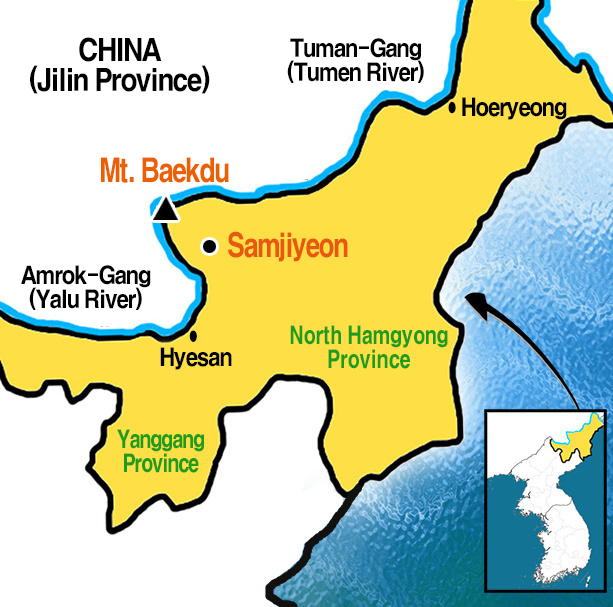
- <Inside N. Korea> Kim Jong-un regime strengthens state-run food store network to sell food at prices cheaper than markets
- <Inside N. Korea>N. Koreans start their war against the cold, gathering at coal mines to pick up what they can, sometimes leading to police mobilizations… “There’s far less coal available than needed. We’ll freeze to death if this continues…”
- <Inside N. Korea> The Kim regime shifts its food policy, suppressing food sales in markets while creating a state monopoly on the food supply ISHIMARU Jiro
- <Inside N. Korea> Two N. Koreans caught attempting to defect arrested and possibly executed by firing squad…Government says “defections will not be forgiven”
- <Interview with Two N. Korean Women> How do N. Koreans view the appearance of Kim Jong-un’s daughter, “Ju-ae”? Rumors circulate that she’s a “genius” and an “advisor” to her father



